Battery Safes for Secure Lithium Battery Storage in the Workplace
Battery safes provide secure, fire-resistant storage for lithium and rechargeable batteries used in commercial and industrial environments. They are designed to reduce the risks associated with battery overheating, damage and thermal events by keeping batteries contained, protected and isolated from surrounding areas. Battery safes are widely used in workshops, warehouses, factories and maintenance facilities where batteries are stored between use, during cooling periods, or prior to controlled charging. By containing batteries within a dedicated safety enclosure, businesses can improve workplace safety and reduce the potential impact of lithium battery failures.
What Are Battery Safes?
Battery safes are purpose-built storage units designed to safely contain lithium-ion and other rechargeable batteries when they are not in use. Unlike standard cupboards or lockers, battery safes focus on fire risk reduction, controlled containment and secure access rather than general storage. They are commonly installed in industrial and commercial settings where batteries are handled regularly and must be stored responsibly in line with workplace safety policies.
Statistics show that the greatest risk of fire comes when lithium batteries are being charged. This is especially true if a defective lithium battery is connected to a charger and the supplied energy can no longer be converted correctly. Defects can be caused by a wide variety of events. For example, mechanical damage to the lithium battery (dropping, knocking, crushing) or improper storage (thermal stress, exposure to moisture, deep discharge due to excessive storage without regular trickle charging). But even when charging undamaged lithium batteries, things can go wrong: For example, overcharging the battery due to too high a charging voltage or too long a charging time. Exposure to high external heat can also be dangerous. In short, there are many sources of error for the user when charging lithium batteries.
To Remove the risk of fire from charging Lithium-ion batterys, use one of our secure storage and charging safes specifically designed for storage and charging batteries.
Secure battery storage solutions
Why Battery Safety Storage Is Important
Lithium batteries can present a serious fire risk if they are damaged, overheated or stored incorrectly. Battery safes help manage this risk by providing a controlled, fire-resistant environment that separates batteries from people, equipment and combustible materials.
Using dedicated battery safety storage helps organisations:
- Reduce the risk of battery-related fires and thermal events
- Improve compliance with workplace safety procedures
- Protect staff, property and critical equipment
- Maintain clear separation between batteries and general storage areas
Battery Safes for Industrial and Commercial Use
Battery safes are designed for professional environments where lithium batteries are stored, handled or managed on a regular basis. They are commonly installed in:
- Workshops and maintenance facilities
- Warehouses and distribution centres
- Factories and manufacturing sites
- Engineering and service departments
These safes are built for commercial use, where durability, reliability and safety take priority over domestic appearance or compact size.
Secure Storage for Lithium Batteries
Lithium battery storage requires more than a standard cabinet or locker. Battery safes are used to store batteries that are awaiting use, cooling after operation, or temporarily removed from tools and equipment.
By storing batteries in a dedicated battery safe, organisations reduce exposure to uncontrolled heat build-up and help contain the effects of battery failure should an incident occur.
Battery Safes and Controlled Charging Practices
Where charging takes place, it should be carried out under controlled conditions and in line with manufacturer guidance. Battery safes help support safer charging practices by providing containment, separation and environmental control during battery handling.
This approach helps reduce the likelihood of overheating, thermal runaway and fire spreading beyond the storage unit.
Battery Safes vs Standard Storage Cabinets
Standard cupboards and lockers are not designed to manage the risks associated with lithium batteries. Battery safes focus on containment, protection and controlled access rather than simple storage.
They are used specifically for battery safety, not for general tools, chemicals or personal belongings. This clear separation improves site safety management and reduces ambiguity in risk assessments.
Choosing the Right Battery Safe
When selecting a battery safe, organisations typically consider:
- The number and size of batteries being stored
- The environment in which the safe will be installed
- Access requirements for staff or maintenance teams
- The level of containment required for lithium battery storage
Battery safes can be integrated into wider workplace safety strategies alongside charging procedures, tool storage and fire-risk management plans.
FAQ – Battery Safes and Lithium Battery Safety
Why are battery safes important for lithium batteries?
Battery safes reduce the risk of fire by containing lithium batteries in a controlled, fire-resistant environment that limits heat build-up and separates batteries from surrounding areas.
Are battery safes suitable for charging lithium-ion batteries?
Battery safes are primarily designed for safe storage. Any charging should follow controlled procedures and manufacturer recommendations.
Where are battery safes typically used?
Battery safes are commonly used in workshops, warehouses, factories and other commercial or industrial environments where lithium batteries are handled regularly.
Can damaged lithium batteries be stored in a battery safe?
Damaged batteries should not be charged and must be handled in accordance with disposal and safety guidance, as they pose increased fire risk.


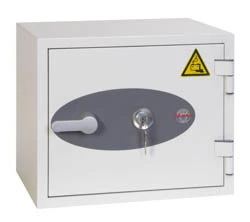 BS1280 Series - Battery Titan
BS1280 Series - Battery Titan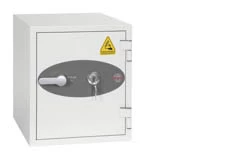 BS1280 Series - Battery Titan
BS1280 Series - Battery Titan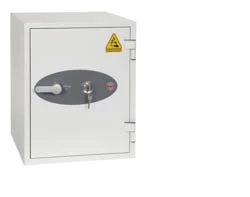 BS1280 Series - Battery Titan
BS1280 Series - Battery Titan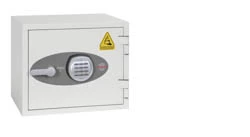 BS1280 Series - Battery Titan
BS1280 Series - Battery Titan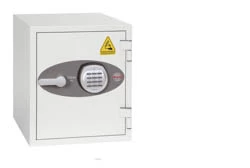 BS1280 Series - Battery Titan
BS1280 Series - Battery Titan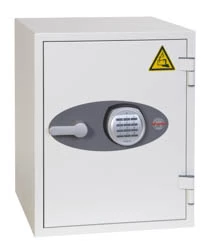 BS1280 Series - Battery Titan
BS1280 Series - Battery Titan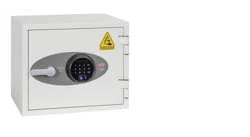 BS1280 Series - Battery Titan
BS1280 Series - Battery Titan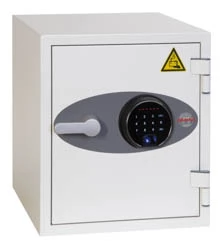 BS1280 Series - Battery Titan
BS1280 Series - Battery Titan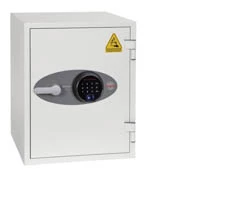 BS1280 Series - Battery Titan
BS1280 Series - Battery Titan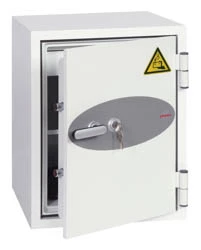 BS0440 Series - Battery Fighter
BS0440 Series - Battery Fighter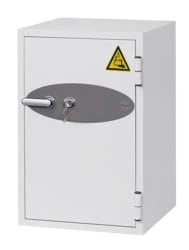 BS0440 Series - Battery Fighter
BS0440 Series - Battery Fighter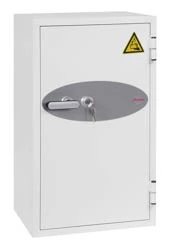 BS0440 Series - Battery Fighter
BS0440 Series - Battery Fighter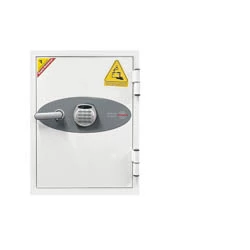 BS0440 Series - Battery Fighter
BS0440 Series - Battery Fighter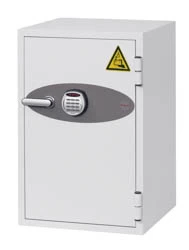 BS0440 Series - Battery Fighter
BS0440 Series - Battery Fighter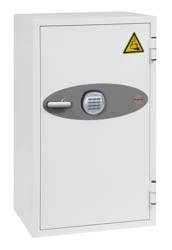 BS0440 Series - Battery Fighter
BS0440 Series - Battery Fighter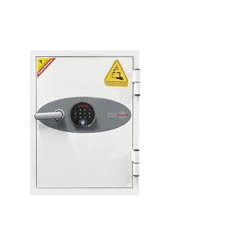 BS0440 Series - Battery Fighter
BS0440 Series - Battery Fighter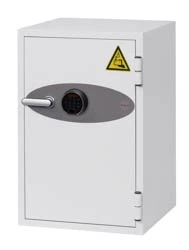 BS0440 Series - Battery Fighter
BS0440 Series - Battery Fighter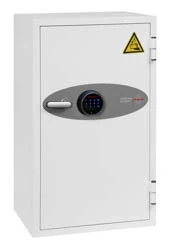 BS0440 Series - Battery Fighter
BS0440 Series - Battery Fighter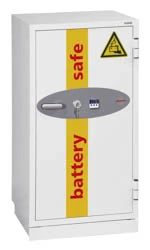 BS1930 Series - Battery Commander
BS1930 Series - Battery Commander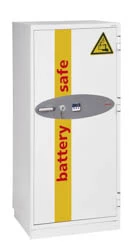 BS1930 Series - Battery Commander
BS1930 Series - Battery Commander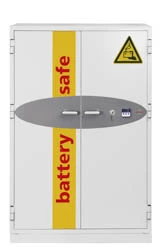 BS1930 Series - Battery Commander
BS1930 Series - Battery Commander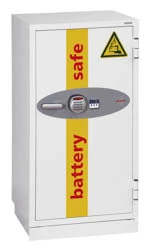 BS1930 Series - Battery Commander
BS1930 Series - Battery Commander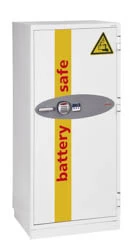 BS1930 Series - Battery Commander
BS1930 Series - Battery Commander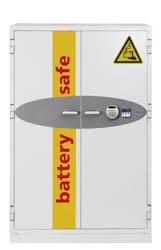 BS1930 Series - Battery Commander
BS1930 Series - Battery Commander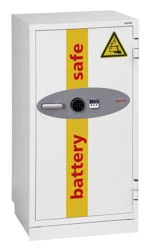 BS1930 Series - Battery Commander
BS1930 Series - Battery Commander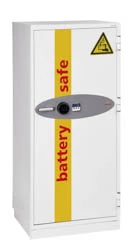 BS1930 Series - Battery Commander
BS1930 Series - Battery Commander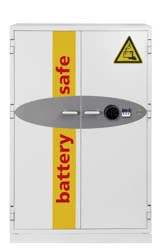 BS1930 Series - Battery Commander
BS1930 Series - Battery Commander